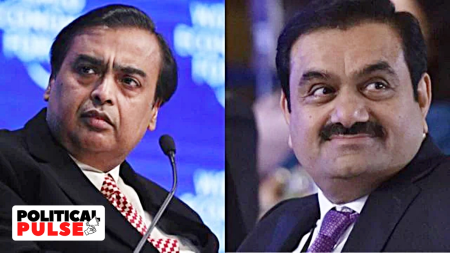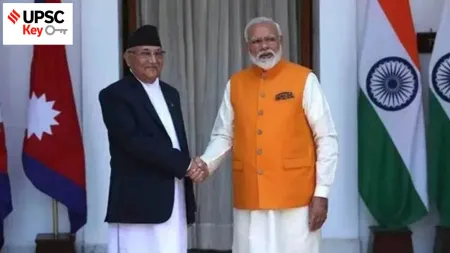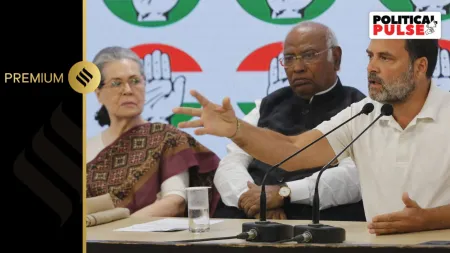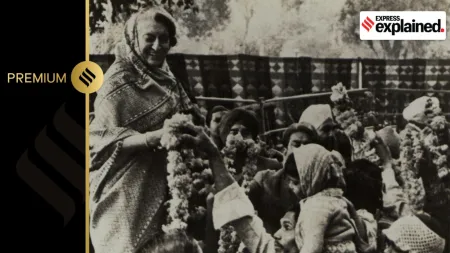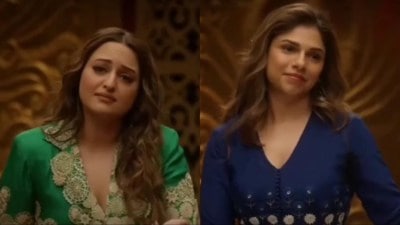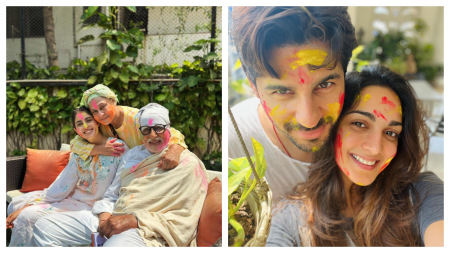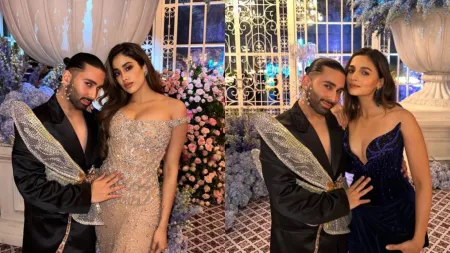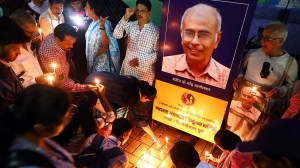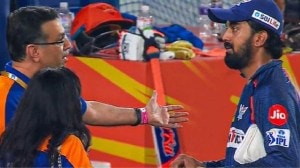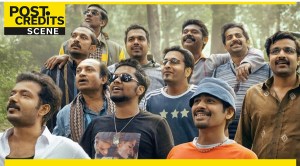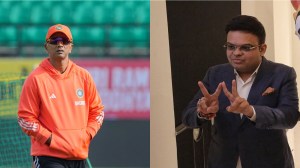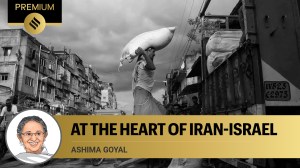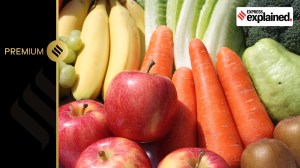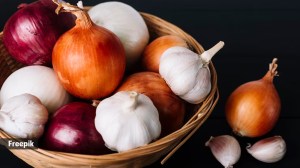- India
- International
1960s was a treasure of the best composers: Anirudha Bhattacharjee, Balaji Vittal on their latest book ‘Gaata Rahe Mera Dil’
Anirudha Bhattacharjee and Balaji Vittal speak about collecting the stories for 'Gaata Rahe Mera Dil'
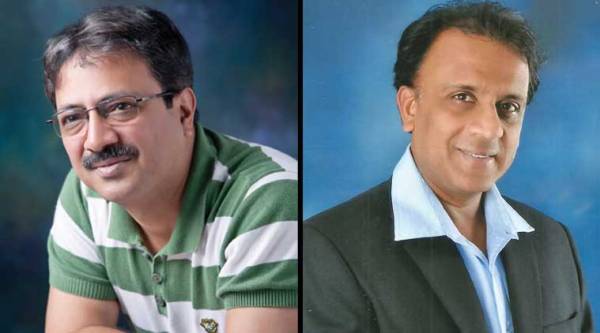 Anirudha Bhattacharjee and Balaji Vittal.
Anirudha Bhattacharjee and Balaji Vittal.
Anirudha Bhattacharjee and Balaji Vittal on collecting the stories for ‘Gaata Rahe Mera Dil’
How did you select the songs?
Anirudha Bhattacharjee (AB): The first criteria was melody. The song must have nostalgia value for the average individual, not just for the times but also for the song itself. We also covered most genres — romantic, sad, Bhatiali, disco, soliloquy, rain song, semi-classical, qawaali, ghazal, songs on boats, ghost songs, cabaret and others.
Balaji Vittal (BV): We found that most of these songs became very popular during their time. But there are gems that went unnoticed because the film had flopped. For instance, Waqt ne kiya from Kaagaz Ke Phool.
Did you first decide on songs and then find the stories behind them?
AB: We did have a list of 150 songs, so the songs were decided before the writing started.

BV: We pruned the list to 70-75 and started collecting stories around them; we were not sure which of those would feature in the final 50. We collected archival information as well as conducted fresh interviews with the singers, lyricists, composers, lead actors associated with the songs or their next of kin and friends. Gaata Rahe Mera Dil was as much a travelogue as it is a book on music.
Which is your favourite era?
BV: My favorite decades are the 1960s and the 1970s. You had the best melody, arrangement styles, confident experimentation like subtle use of western instruments, secondary percussion, etc, that embellished the core melody. The importance of balancing, sound mixing, acoustics came to the fore. 1960s was a deep sea treasure of the best composers and lyricists in their prime. 1970s was like a lift-off into counterculture. It was deliciously contraband. The young Turks powered in while the senior pros like Madan Mohan, Salilda and SD rediscovered themselves.
AB: Mine is 1950-75. The first defining era, I think, is the 1950s. The next defining years belong to RD Burman. He redefined sound.
Five songs you regret not including in the book.
BV: Na tum bewafa ho, Mere sapno ki rani, O sajna barkha bahaar aayi, Sajanwa bairi ho gaye hamaar and Aapki yaad aati rahi raat bhar.
AB: Mujhe le chalo, Lau lagati, Na tum bewafa ho, Aaja piya tohe pyaar doon, Baahon mein chale aao and Ankhon ankhon mein hum tum.
Click for more updates and latest Bollywood news along with Entertainment updates. Also get latest news and top headlines from India and around the world at The Indian Express.
Photos
May 10: Latest News
- 01
- 02
- 03
- 04
- 05


